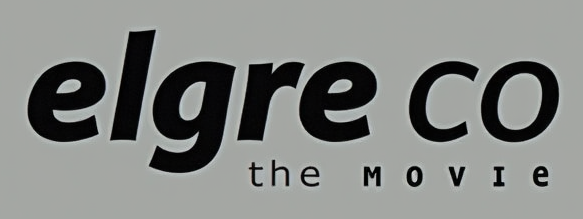Secured or Unsecured Business Credit Evaluate the Merits and Demerits of the Funding Option to Find the Best Fit: Charles Spinelli
3 min read
If a business is looking for extra funding to manage cash flow or counter an unexpected situation one of the simpler forms of additional funding is a business credit line. However, before applying for the loan, they need to choose between secured and unsecured lines of credit according to Charles Spinelli. Importantly, both credit lines come with their respective merits and demerits, Knowing the pros and cons of each option is essential for companies to decide which one is the best suited for them.
Secured Business Credit Lines
A secured business credit line obligates the borrower to keep some asset as collateral, such as property, warehouse, jewelry, etc. to secure the loan. The collateral lowers the lender’s risk and tends to provide more beneficial terms for the borrower.
Merits:
Lower Interest Rates: Because the loan is secured, lenders generally charge lower interest rates on secured lines of credit, making it a cost-effective option for borrowing.
Higher Credit Limits: Secured lines have higher credit limits, which allow companies to draw larger amounts of capital used for the expansion of business or meet unforeseen expenses as needed.
Simpler Approval: Secured credit lines are likely to be approved by lenders, particularly for companies with below-average credit scores as it is allowed against security.
Things to Consider
Risk of Asset Loss: The greatest disadvantage associated with a secured line of credit involves the potential loss of pledged assets in the event of loan default. This could result in disruption of business operations or loss of valuable property or equipment.
Longer Approval Period: Seeking a secured line of credit may require additional paperwork and a prolonged time frame to get approval from the lender since they will most likely need to gauge the asset to determine if it has sufficient value.
Requirement of Assets: A business must possess valuable assets that could be pledged. Thereby it cannot be the right fit for a business that does not process a substantial amount of property.
Unsecured Business Credit Lines
Unsecured business credit lines do not require collateral. Instead, the approval process relies on the financial health and creditworthiness of the business.
Merits:
Advantages of Unsecured Business Credit Lines
No Risk of Losing Assets: Because no collateral is needed, companies do not carry the risk of losing precious assets in the event of default.
Speedy Approval Procedure: Unsecured credit lines tend to have a speedy approval procedure after applying because it does not involve the process of appraising any asset.
Flexibility: The credit like are considered more flexible, enabling companies to borrow money when required without the hassles of keeping security.
Things to Consider
Higher Interest Rates: Unsecured credit lines typically carry a high rate of interest since the lender bears higher risk without demanding any security.
Lower Credit Limit: Since the loan is given without collateral, the lender could place a restrictive credit limit.
More Rigorous Eligibility Requirements: Many lenders want firms to have solid credit and a sound history of finances, making it hard for newer or startup firms to become eligible.
Which Option Is Best For a Business?
The selection between these two forms of lines of credit basically depends on the requirement of a business, its financial condition, and risk appetite capacity says Charles Spinelli. A secured line could be suited for businesses possessing ample assets and stable credit scores that would benefit from easier access to higher credit levels at reduced interest rates.
An unsecured line of credit may be better for businesses needing flexibility and don’t wish to risk their assets rather like to pay higher interest rates and face stringent repayment terms. They should also have convincing credit scores to attract lenders.
Ultimately, companies should scrutinize their financial stability, need for borrowing, and growth objectives to find the most suitable fit.




